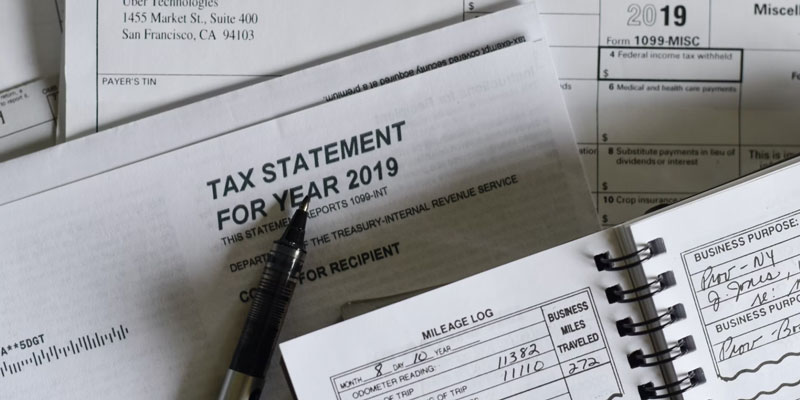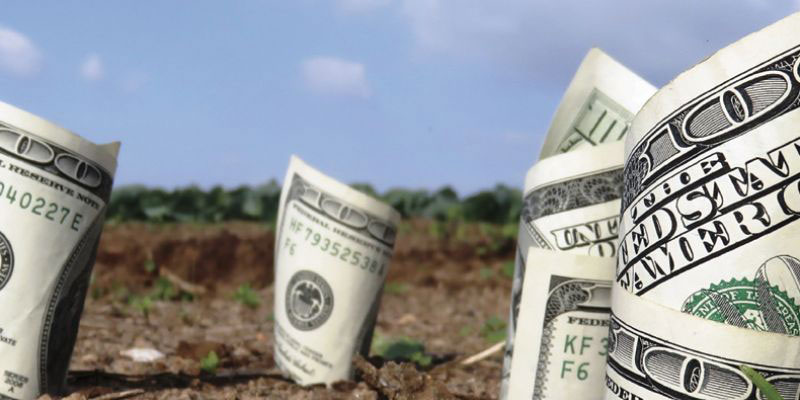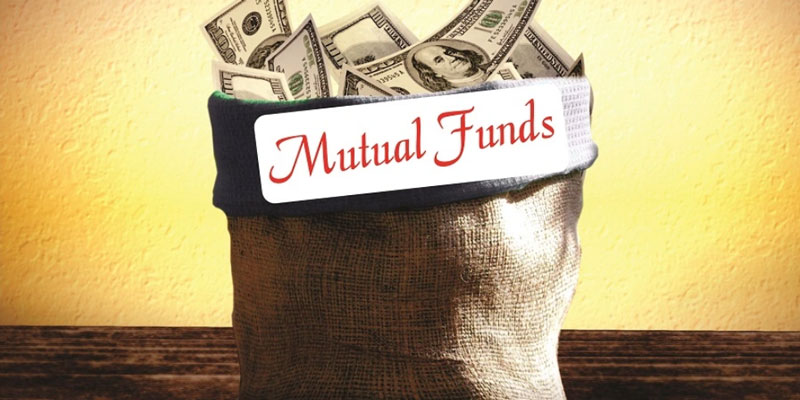Using the Producer Price Index (PPI) to Predict Inflation
May 26, 2025 By Kelly Walker
The inflation rate is a very important economic number because it shows how prices increase over time. It can greatly affect how people and the country spend their money. Because of this, it is very important to have accurate ways to predict inflation. The PPI is one method to predict inflation (Producer Price Index). This article will explain the Inflation Prediction with Producer Price Index.
Understanding Producer Price Index (PPI)
The Producer Price Index (PPI) is an index family. It looks at how the selling prices of goods and services made in the country have changed over time. PPIs look at the price change from the seller's point of view. The PPI is a way to measure inflation on a large scale. A higher PPI number means that inflation is higher, which could cause interest rates to go up. When inflation is high, central banks raise interest rates to slow down the economy and stop the constant need for new money. The formula of the Producer Price Index (PPI) is as follows:
Producer Price Index (PPI) = Current price of basket/Base price of the basket
The Producer Price Index (PPI) is divided into the following three basic categories:
Finished Goods
The changes in prices of finished goods that were sold to end users are measured in this category. It encompasses everything like clothing and electronics as well as automobiles.
Intermediate Goods
Products required to manufacture completed items fall under the purview of this category. Raw materials and assembled parts are both included.
Crude Goods
This category tracks the prices of various raw materials. Oil, metals, and agricultural products are all included in this category.
How is the PPI calculated?
The Producer Price Index (PPI) is arrived at by tracking fluctuations in the prices that producers get paid for their wares and services. The Bureau of Labor Statistics (BLS) is responsible for monthly surveys to collect data from thousands of enterprises. After that, the data obtained is utilized to calculate the percentage change in prices relative to the prior month and year.
PPI can be broken down into three different fundamental measurements that are dependent on the different stages of processing:
- The index can be calculated using crude,
- Intermediate,
- as well as finished products
What Producer Price Index (PPI) Can Predict?
The Producer Price Index is an indicator of inflation that considers businesses' and industries' points of view. This strategy measures price changes before consumers make their final purchases of products and services. As a consequence of this, numerous analysts consider it to be a reliable indicator of inflation before the CPI.
Producer Price Index (PPI) vs. Consumer Price Index (CPI)

Inflation is measured using both the consumer price index and the producer price index.
The producer price index, or PPI, measures inflation derived from the producers' perspective. It is a reference to the average amount of money they make from the sale of their output over time.
The Consumer Price Index (CPI) measures inflation based on consumers' perspectives. The value of a basket of products and services that consumers have purchased over time is the consumer price index (CPI).
Inflation Prediction with Producer Price Index
The Producer Price Index (PPI) measurement can assist in understanding the components responsible for inflation better. For companies to be able to make educated, they must have a solid understanding of the Producer Price Index (PPI) measurement.
Because shifts in producer prices frequently precede changes in consumer prices, the producer price index (PPI) is considered a leading indicator of inflation. When looking at the PPI, a rise in the index shows that producers face higher expenses. Because of this, the pricing of final goods and services may be higher. If this pattern persists, it may eventually result in higher prices. As a result, policymakers frequently consult the PPI to forecast future inflation and make well-informed decisions regarding finances.
Consider the case in which the Producer Price Index (PPI) for raw materials experiences a large increase due to increasing oil prices. Companies that use oil as an input may see their production costs rise under this scenario. Hence, companies may increase prices to offset the rising expenses, which could lead to price increases for consumers. In this manner, the PPI can be a helpful tool for predicting the course of inflation in the future.
Limitations of Producer Price Index (PPI)
Even while it is a helpful tool for predicting inflation, the PPI is not a reliable indicator. Some of the constraints to take into account are the following:
Limited Coverage
The PPI covers only those products and services produced domestically. Therefore, it may not accurately reflect changes in the pricing of imported commodities.
Time Lag
There is a possible lag in time between shifts in the PPI and corresponding shifts in consumer prices. As a result, its ability to reliably predict future inflation may be limited.
Quality Adjustments
The PPI does not consider that the quality of products and services has increased over time. Overestimating inflation is possible if price increases do not reflect productivity growth.
Importance of Producer Price Index (PPI)

After data on unemployment, inflation is most likely the indicator that receives the second-most attention. The primary PPI can fulfill various functions to help improve decision-making around investments. It has the potential to act as a lagging signal for the CPI. CPI and PPI give a picture of inflation, although CPI does it from a somewhat different angle.
Consumers and investors can protect themselves from unexpected inflation shifts by monitoring PPI trends. While inflation may not garner as much attention as a market crisis, it might do more damage to your investment portfolio.
To Wrap Up
The Producer Price Index (PPI) is an essential indicator of future inflation. The PPI is a beneficial indicator of the future course of inflation, although it has some significant limitations. It is also possible to use it to make informed decisions concerning one's financial situation.
Individuals and policymakers alike can benefit from a more educated understanding of inflation by understanding the components of the PPI and its methodology and limits.

The Four Most Important Dividend Stock Ratios
The dividend stock ratio is a measure of a company's potential to continue dispersing dividends to its investors. The dividend coverage ratio, dividend payout ratio, Net Debt to EBITDA, and free cash flow to equity are the four most common ratios.
May 26, 2025 Rick Novak

Amazing Guide On How To Qualify For The Home Office Tax Deduction
This post introduces the home office tax deduction eligibility and its other aspects
May 26, 2025 Rick Novak

The IRS Approves a Workaround for the State and Local Tax Cap
The Internal Revenue Service has authorized a method to avoid the SALT cap established by the Tax Cuts and Jobs Act of 2017. To get around the SALT cap, taxpayers in high-tax jurisdictions might make charitable contributions to state-level funds in exchange for a state tax credit. The IRS has ruled that taxpayers can take a federal tax deduction for charitable donations if they also receive a state tax credit of no more than 15% of the total amount of the contribution.
May 26, 2025 Rick Novak

Brownfield Investment: An Overview of Pros and Cons
A brownfield investment occurs when a company or government agency purchases or licenses old manufacturing facilities to initiate a novel industrial activity. Discover more about it in this article!
May 26, 2025 Rick Novak

Top-Performing Smart Beta Funds
Five years ago, Smart Beta funds were introduced to the Indian financial sector. Investors have been discussing these ETFs ever since. There are now 35 smart beta funds available to investors.
May 26, 2025 Rick Novak

Overview on Disclosure
The term "disclosure" refers to making something known to the general public. When a company makes relevant information available to its customers, investors, and other stakeholders, it discloses it properly.
May 26, 2025 Rick Novak